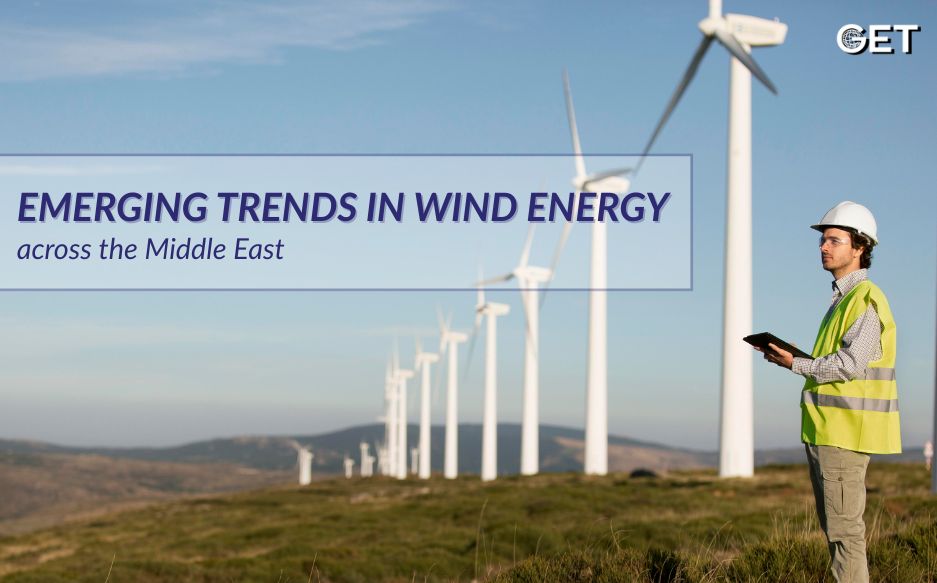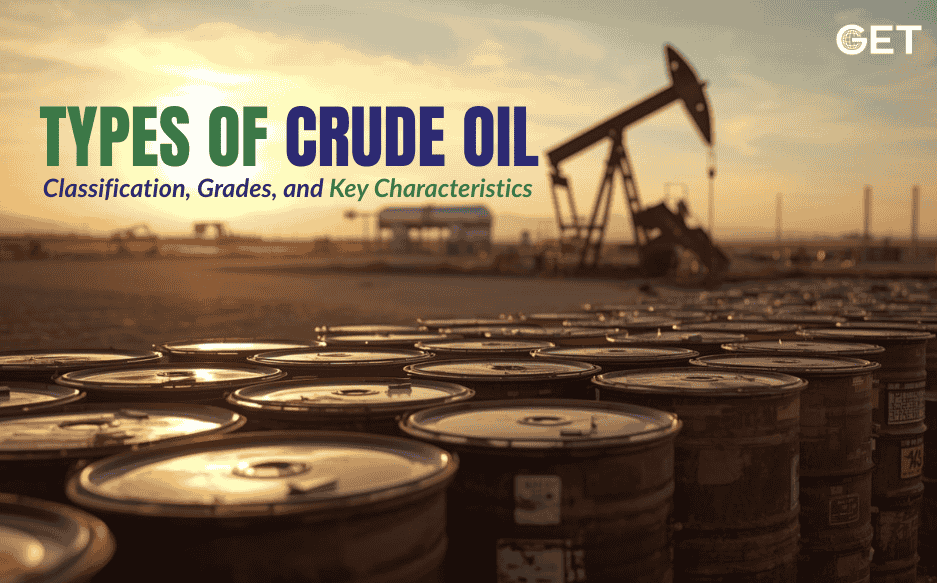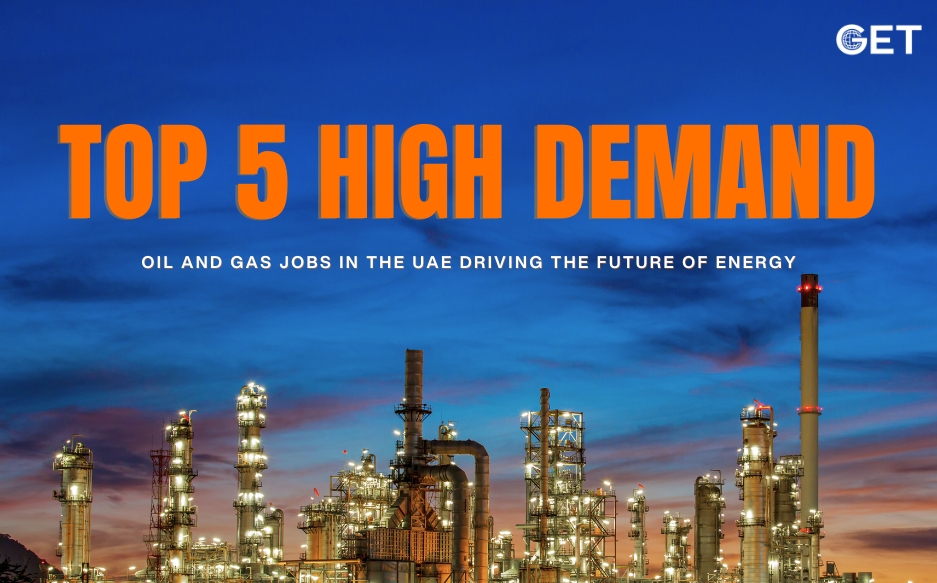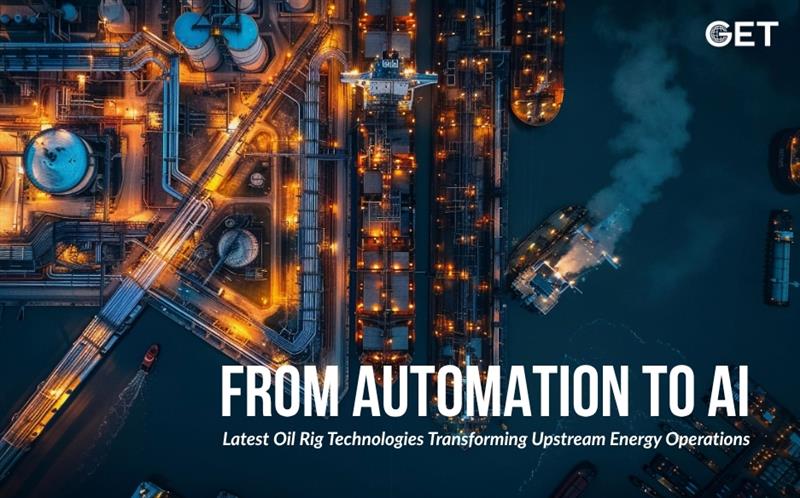
The oil and gas sector in the Middle East is undergoing a big shift as countries in the region work toward ambitious renewable energy goals. Saudi Arabia plans to achieve 50% renewable energy by 2030, and the UAE is aiming to have 44% of its energy come from alternative sources by 2050. This change matters a lot to energy workers whose careers have focused on fossil fuels.
Wind energy is creating massive opportunities in the region. The UAE, for example, has room for up to 80 GW of onshore wind power, with over half of its land getting average wind speeds of at least 7 m/s. Some significant projects are already happening. The Dumat Al Jandal wind farm is one of them. It has a 400 MW capacity and prevents about 1 million tons of CO₂ emissions . Oil and gas companies in Abu Dhabi and across the UAE can use this shift to find growth and expansion opportunities.
This blog is here to help professionals adjust to these changes. If you’re trying to find oil and gas jobs in the UAE or want to understand how Dubai’s oil and gas companies are responding, learning about the rise of wind energy in this region is crucial for moving your career forward in the coming years.
For years, fossil fuels have driven Middle Eastern economies. Now, a big shift is changing the region’s energy scene. The move toward wind energy isn’t just about helping the environment. It has become an economic need. Each year, wind energy makes a stronger financial case in the Middle East. Over time, it has become more competitive with traditional oil and gas production.
The geography of the region also plays a major role in this shift. Oman and Saudi Arabia, for example, have coastal zones with steady wind patterns that are perfect for placing turbines. The cost of wind power has dropped 70% making it even more appealing.
This energy shift comes at a tough time for oil and gas workers. Global changes put careers tied to fossil fuels at serious risk. But while challenges grow new opportunities emerge. Many skills used in oil and gas jobs, like managing projects, engineering, understanding supply chains, and following safety rules, can be used in wind energy projects too.
For upstream oil and gas veterans specifically, the shift presents valuable career extension possibilities. The technical knowledge required for offshore oil platforms shares significant overlap with offshore wind installation requirements. Additionally, dubai upstream oil and gas companies are increasingly investing in dual capabilities, allowing professionals to work across both traditional and renewable sectors.
The economics tell a compelling story as well. alone, with wind projects accounting for approximately 35% of that total. This capital infusion creates thousands of new positions annually across the region, particularly benefiting Investment in Middle Eastern renewable energy reached $12.5 billion in 2023 abu dhabi oil and gas jobs seekers looking to expand their expertise.
Foreign investment further accelerates this transformation. Major international energy corporations are partnering with upstream oil and gas companies in uae and throughout the region to develop substantial wind projects, bringing advanced technologies and practices that create additional career advancement paths for local energy professionals.
Big wind energy projects are appearing in the Middle East opening paths for oil and gas workers to expand their skills into new fields. These massive efforts show how the region is working to mix renewable energy with its usual fossil fuel industries. Saudi Arabia operates the largest wind project in the Middle East, which has a capacity of 400MW. Located in the Al Jouf region, this pioneering facility became operational in 2022 with 99 turbines supplying electricity to approximately 70,000 homes Dumat Al Jandal Wind Farm. The project displaces around one million tons of carbon dioxide annually and represents a key component of the Kingdom’s goal to reach 50% contribution of renewable energy by 2030.
Meanwhile, Egypt is developing what will become one of the world’s largest wind farms in West Suhag. This massive project led by Masdar, Infinity Power, and Hassan Allam Utilities will produce 47,790 GWh of clean energy yearly and reduce Egypt’s carbon emissions by 23.8 million tons annually – equivalent to 9% of the country’s current carbon footprint 10GW project. The project will save Egypt an estimated $18.36 billion in natural gas costs per year.
Egypt is simultaneously advancing the Suez Wind Energy project – a 1.1GW wind farm being developed by ACWA Power with a $1.5 billion investment. Using state-of-the-art 220m tip height turbines, this facility will power over one million homes and offset 2.4 million tons of emissions annually.
The UAE has launched its first utility-scale wind program with 103.5MW capacity across four locations. This landmark project will power more than 23,000 homes yearly while displacing 120,000 tons of carbon dioxide. For oil and gas companies in the UAE, this represents a strategic diversification opportunity.
Oman is currently developing two significant green hydrogen projects worth $11 billion in Dhofar. These facilities utilize approximately about 4.5GW of wind and solar power to generate between 178,000 and 200,000 tons of green hydrogen every year by 2030.
The projects open up big chances to get oil and gas jobs in the UAE and nearby areas. Companies are looking to hire workers with skills they can apply in both old-school energy and the new renewable sectors.
Read Also- Future-Proofing the Industry: Upstream Oil and Gas Training Trends
Transitioning from traditional oil and gas roles to wind energy presents a golden opportunity for experienced professionals. Research indicates that over 90% of oil and gas industry workers possess skills with medium-to-high transferability to offshore renewables. This statistic isn’t surprising considering the significant overlap in technical expertise required across both sectors.
For those considering this career shift, several technical skills from oil and gas are particularly valuable in wind projects. These include geotechnical engineering, marine engineering, foundation package management, fabrication supervision, and offshore construction specialization. Additionally, your existing soft skills—communication with stakeholders, organizational capabilities, and offshore-relevant behavioral skills—are equally prized in renewable energy operations.
Project management expertise is especially transferable. As a project manager from the oil and gas industry, your experience managing complex offshore infrastructure directly applies to wind farm development. Furthermore, expertise in array cables, substation structures, turbine foundations, and maintenance work matches well with the needs of the wind energy industry. To improve your chances of shifting careers, aim to earn certifications that are relevant. Training with the Global Wind Organization (GWO) can be helpful, along with the Renewable Energy Professional certification from the Association of Energy Engineers. These qualifications show dedication to the field and help close knowledge gaps between oil and gas roles and renewable energy jobs.
Veterans from military service have notable advantages in this transition. Their experience with hierarchy, structured training, problem-solving in ambiguous situations, and working in challenging conditions translates exceptionally well to wind energy roles. The discipline, teamwork, and integrity fostered in military service align perfectly with values sought by renewable employers.
Furthermore, the regulatory frameworks between oil and gas and wind energy share significant parallels. This similarity creates a familiar operational environment that eases the transition process. The integration of renewables into existing oil and gas infrastructure through initiatives like platform electrification offers additional opportunities for professionals with dual-sector expertise.
For oil and gas companies in UAE and throughout the region, public-private partnerships are emerging as essential vehicles for renewable energy development. These partnerships enable government policy direction while leveraging private sector technical expertise and investment capabilities.
Wind energy growth across the Middle East represents a pivotal shift for oil and gas veterans seeking sustainable career paths. Throughout this transition, professionals can use years of technical knowledge to meet renewable energy needs. The region’s lofty goals such as Saudi Arabia aiming for 50% renewable energy by 2030 and the UAE targeting 44% alternative energy by 2050, point toward this path.
Evidence shows that 90% of oil and gas workers have skills that can fit into wind energy work. Your background in handling complex infrastructure, marine engineering, or managing projects can bring value to this growing field. Large developments like Saudi Arabia’s 400MW Dumat Al Jandal wind farm and Egypt’s giant 10GW West Suhag project highlight the vast opportunities available to skilled workers. Before stepping into this new field, think about boosting your qualifications with certifications like GWO training. Understand that public-private partnerships now play a critical role in advancing renewable projects across the region. These partnerships create spaces where expertise in both sectors becomes valuable.
More importantly, this shift brings more than just a way to continue your career. It offers a chance to contribute to shaping the future of energy in the Middle East. The wind energy industry gives oil and gas professionals a way to use their existing skills to support sustainable growth. It also helps them stay at the forefront of the region’s energy world. With the lines between traditional energy and renewables becoming blurrier, those who adapt to these changes can set themselves up for long-term success.
Read Also- Well-Being at Work: Why Workforce Health Matters in Remote Operations

By Get global | December 5, 2025
Turkey’s ambitions in the energy sector have taken a significant step forward as Turkish Petroleum (TPAO) ramps up drilling at its latest Black Sea discovery. The find is considered one of the most promising additions to the region’s portfolio, reshaping the conversation around Turkish gas exploration, self-sufficiency, and the future […]

By Get global | November 27, 2025
The upstream oil and gas industry is thrilling, quick-moving, and rich with opportunities—but let’s face it, it also has a lot of technical language. If you are a newcomer to the industry, changing jobs, or just wanting to enhance your knowledge about the industry, mastering the right terms can facilitate […]

By Get global | November 24, 2025

By Get global | November 17, 2025
Anyone who has worked in the UAE energy sector will tell you the same thing. The industry here keeps moving. Every year brings new drilling activity, stronger digital adoption, and a clearer shift toward cleaner and more efficient operations. Because of this, companies are looking for a different mix of […]

By Get global | November 13, 2025
The upstream oil and gas business often conjures images of vast platforms, roaring drills, and crews battling the elements. What is less obvious to the outsider is how deeply technology has become woven into that fabric — not just innovations stuck onto rigs, but full-scale transformations that are reshaping how […]